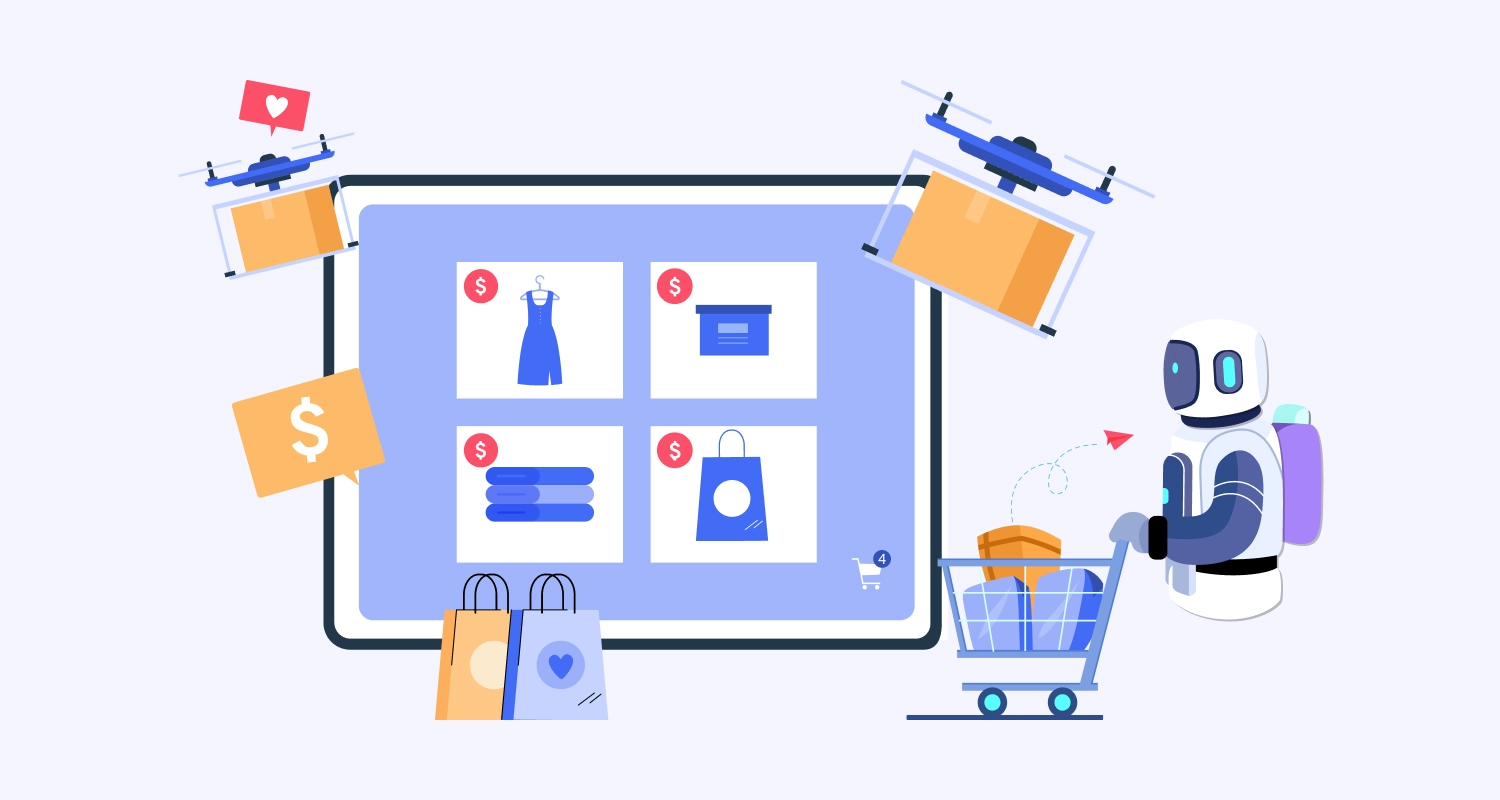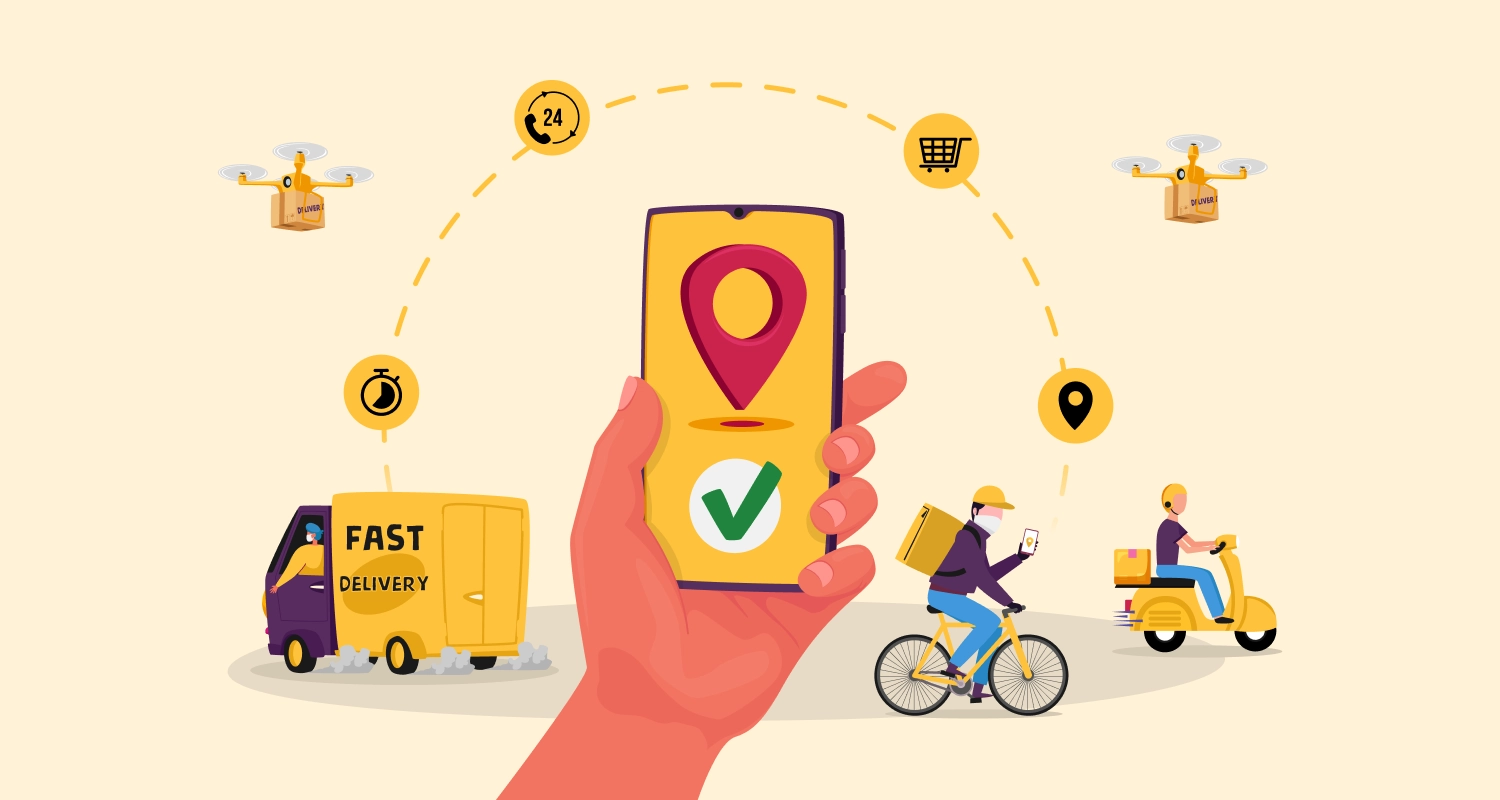Ecommerce websites primarily thrive because of increasing traffic and conversion of that traffic flow into tangible business. Naturally, any ecommerce website cannot take the visitors for granted. They need to deliver an engaging interface that can turn visitor footfall and searches into real product sales. It is not possible without a user experience that the users really like. This is why ecommerce stores should give more priority and emphasis on good user experience (UX) than all other website niches.
Let us explain here some of the most useful tips for ecommerce store UX development.
Delivering a Customer-Centric Search Function
Did you ever think the inability to find a product alone is responsible for driving out a vast majority of the churned audience that always goes away from one store to another? Well, inability to find the required products is akin to a total waste of browsing time and effort and so, has a big impact on undermining the user experience in an ecommerce development services. Moreover, each customer searches for products in his own way with his own set of parameters and considerations. This is why it is extremely important to deliver a thoroughly customer-centric search function for the customers. They should be able to find their products as effortlessly and as easily as possible.
Let us explain here some of the time-tested methods to create a customer-centric search function for ecommerce web stores.
Voice Search
In 2018 at least 50% of the searches on mobile devices have been conducted through voice commands. Voice search is now the most popular and user-friendly method to search contents across all web platforms. It cannot be any different for ecommerce stores. Voice search offering more ease and convenience makes the search function really effortless.
With the advent of virtual assistant applications like Siri or Alexa, there has been a renewed and invigorated emphasis on voice search. Just by speaking you can tell command your speaker to speak aloud news and contents. Similarly, just by speaking out to the voice-enabled search function in Google you can get the search engine results delivered aloud. Similar things may be incorporated by the voice search function of an ecommerce platform as well.
Incorporating Image Recognition
Most buyers these days depend upon images to decide on purchases rather than text. Human beings are born attached to visuals and naturally, they find it easier to make a buying decision with the product images rather than text. By incorporating image recognition the ecommerce store can help users search by images.
Intuitive Navigation
A website unfolds the message and its offerings gradually rather than by providing all information and functions at once. This gradual unfolding and accommodating user activities leading to purchases happen through navigation. Remaining at the home page the user may not decide to go for a product at all. But when being informed he can decide for the same. The browsing of products to checking out for purchases, all activities need the customer to navigate and move from one page to another. Now, how intuitively the web store allows the customers to navigate remains to be the most crucial.
Intuitive navigation is created through creative placement of buttons, content boxes, menu and CTA buttons to facilitate easier movement across pages and sections. Intuitive navigation also makes it obvious to tap on buttons or move to another page for decisive action. This actually saves time for the customers in browsing or making purchases. Ecommerce store must ensure more convenience, ease and flexibility in moving from one page to other than the real stores and this is only assured by intuitive navigation.
Use Horizontal Filtering
We all are familiar with the left-hand toolbar for filtering your product searches. It is common across all major ecommerce websites and ecommerce web applications. But over a span of past few years, there is enhanced the popularity of horizontal toolbar for filtering. If you are amazed why vertical toolbar is being replaced by horizontal ones across web stores, let us explain here some reasons.
- Horizontal filtering toolbar is more flexible and allows you to use a plethora of filtering options with more details. You can allow filtering with paragraphs, tables, sliders along with all the regular options such as brand links, price sliders and checkboxes.
- The horizontal filter takes less of the screen real estate compared to the vertical one. Unlike the vertical one, it doesn’t prevent you from using large visuals.
- As the mobile device screens are getting larger, the horizontal filter seems to fit most of the device screens accommodating more information than ever before.
- This filtering is equally fit for all types of screens including mobile, tablet and laptops.
Make Your Sales Funnel Perfect
For an ecommerce solution, it is most important to guide the customer to the checkout page through the twists and turns of the on-page activities and content engagement. To help businesses achieve this there is a time-tested technique called sales funnel. This technique is basically all about subtly persuading the customers to make the purchase. By incorporating sales funnel perfectly in your store user experience you can give an assured boost to your business conversion.
Let us explain here the key constituents of the sales funnel.
- Introduction: This is the initial phase of the funnel that introduces the customers with the products and services of the store.
- Education: This stage is for generating interest in the user. In this stage, the user is provided with more detailed information about the products and services. This is also the stage for prescribing solutions to problems faced by customers.
- Evaluation: This is the stage of the funnel that allows customers to evaluate a product or service through comparison. This is also the stage to let customers know about the USPs of the product.
- Decision: At this stage, the user has to go through important arguments about taking decision for a purchase. At this stage, the store needs to sum up the benefits, boost the positive morale with promotions and offers and supplement with engaging Call to Actions.
- Purchase: This is the terminal phase of the funnel that finally allows the customer to make the actual purchase.
- Retaining: This stage of the funnel concerns the customer regarding post-sales feedback. This is also the stage that initiates a repetition of the sales done earlier.
Decrease Page Loading Time
One of the most crucial aspects of user experience is the loading speed. It is particularly true for ecommerce stores. Leaving a store only due to slow page loading speed can really be detrimental for the business outcome. There is a famous statistics that a delay of one second in page loading can amount to a whopping 7% decrease in sales conversion. Other statistics say that around 40% of website visitors just prefer leaving a website if it takes more than 10 seconds to load. All these statistics only confirm that faster loading speed is absolutely important for steady business conversion.
Here are some effective ways to boost page loading speed for an ecommerce store.
- Don’t use outdated technologies such as Flash.
- Always use image formats and sizes prescribed for faster loading speed.
- Make sure the codebase doesn’t have unfinished code lines unnecessary for the store.
- Don’t use a lot of high-definition video and animation files.
- Use a simple information architecture for faster page loading speed.
- Use the latest techniques such as Lazy Loading to boost loafing speed.
Choose Among Infinite Scrolling, Pagination, And Load More
Most ecommerce web stores remain utterly indecisive when deciding about the way products will load. There are quite a number of advanced and time-tested techniques for loading items as the customers continue to browse and search. Pagination is the age-old and common way to help customers browse more products. Then there us infinite scrolling to load products as the customer continues to scroll down. Lastly, there is a Load More button waiting at the end of browsing results to deliver more results.
Let us explain these 3 different ways of loading results one by one.
Pagination: This way to load search results in a web store is good for customers who are looking for something particular rather than browsing a lot of items at one go.
Infinite scrolling: As the customer scrolls down the search results continue to load offering a seamless and effortless product browsing experience.
Load more: Load More comes as a functional button at the end of a search result page. By tapping on it users can opt for loading some more search results while browsing products on a web store.
Keep Signups and Checkouts Simple
Finally, ecommerce stores to ensure a smooth and seamless shopping experience must make the signup and checkout process simple. The signup process is all about helping customers to settle while checkout is about offering a great buying experience with a lasting positive impression. Both the processes need to be simple and quick.
Here are some effective tips for facilitating a great signup and checkout process across ecommerce stores.
- Allow social signup to help customers log in effortlessly.
- Allow guest login to accommodate fleeting and non-committed customers.
- When new customers decide to signup freshly, don’t bother them with too many form fields. Keep the number of required fields to a maximum of two, respectively for the name and email address.
- Provide the customer with a simple and quick checkout process that includes not more than 3 steps.
- Allow them to opt for as many payment options as possible.
- While undergoing the checkout process, help them visualize the process steps with a simple progress bar.
- Always offer real-time chat help for onboarding customers and for checkout.
Do you want to ensure for your ecommerce store a great customer experience? Do you want to know what it takes to make an ecommerce store really engaging and growth-proponent? Let us help you achieve that. Just drop us a message and we will get back to you at the earliest.







